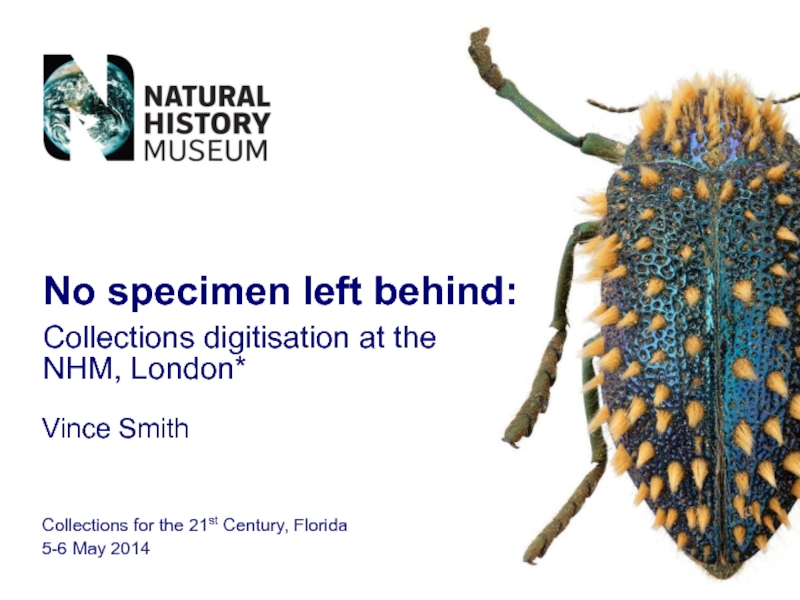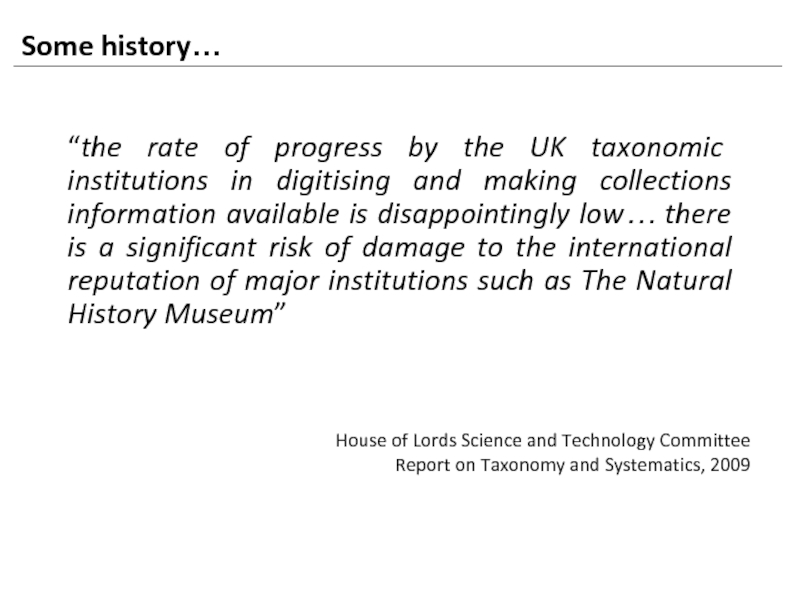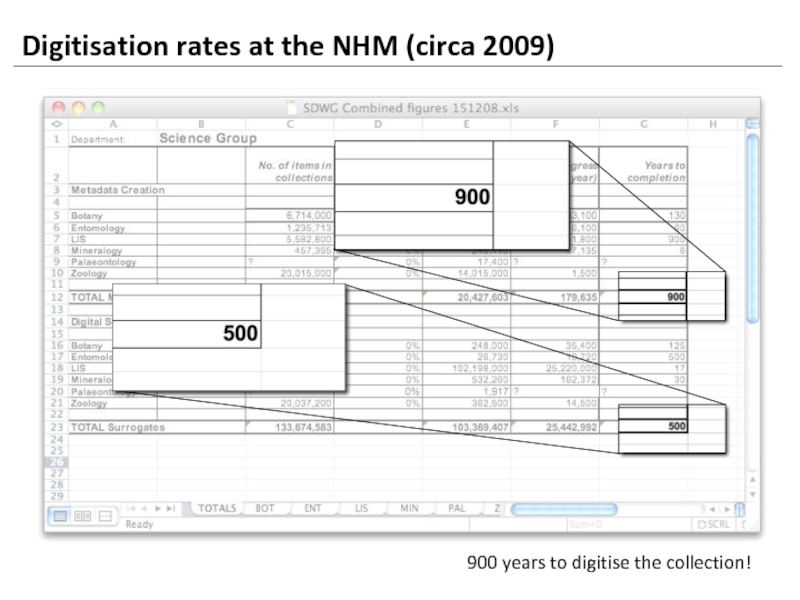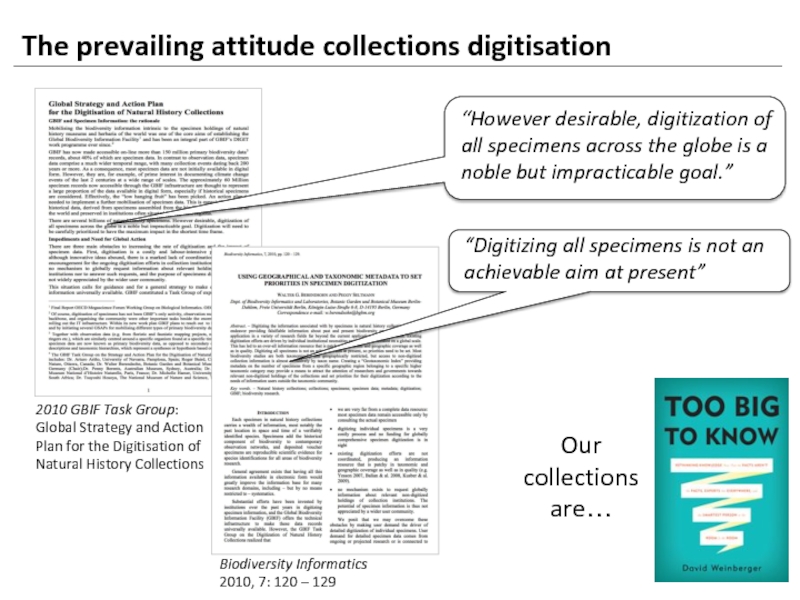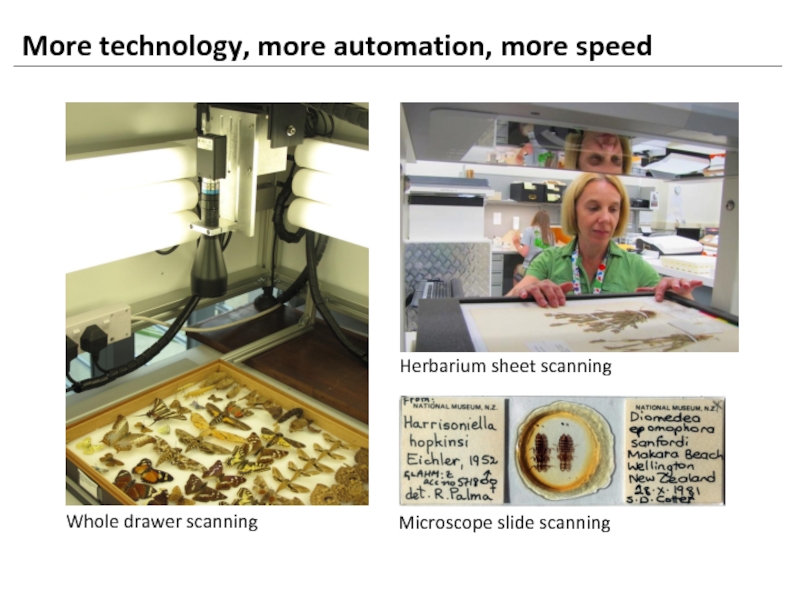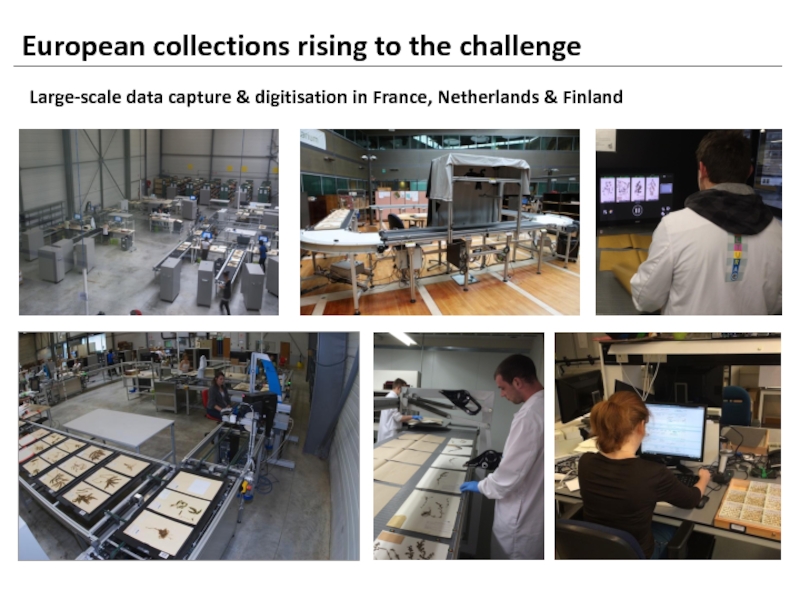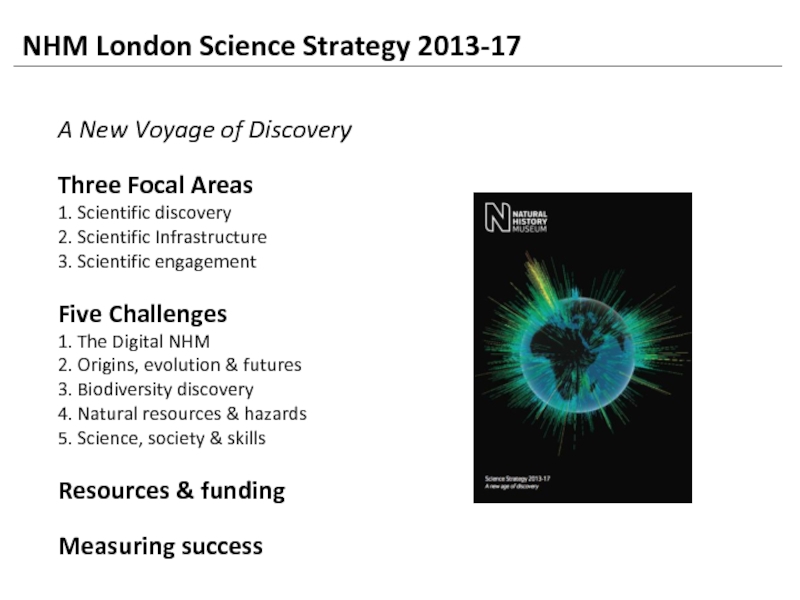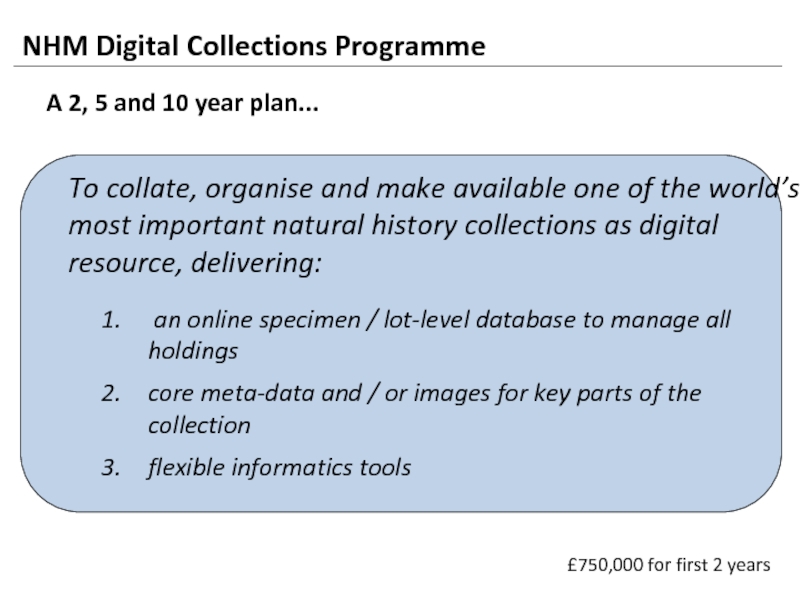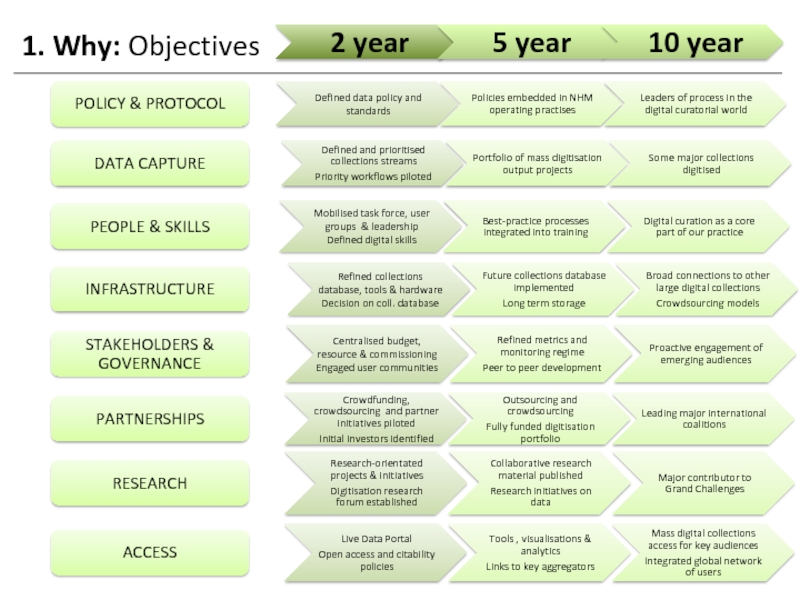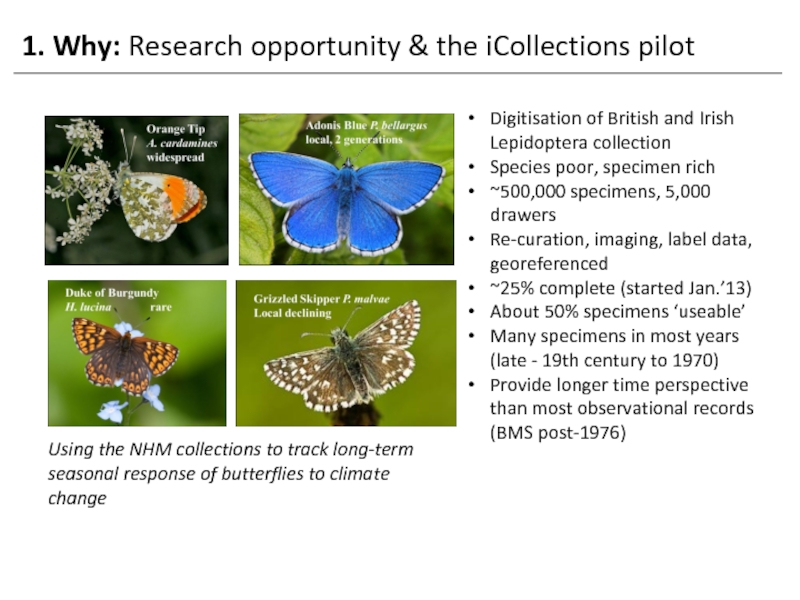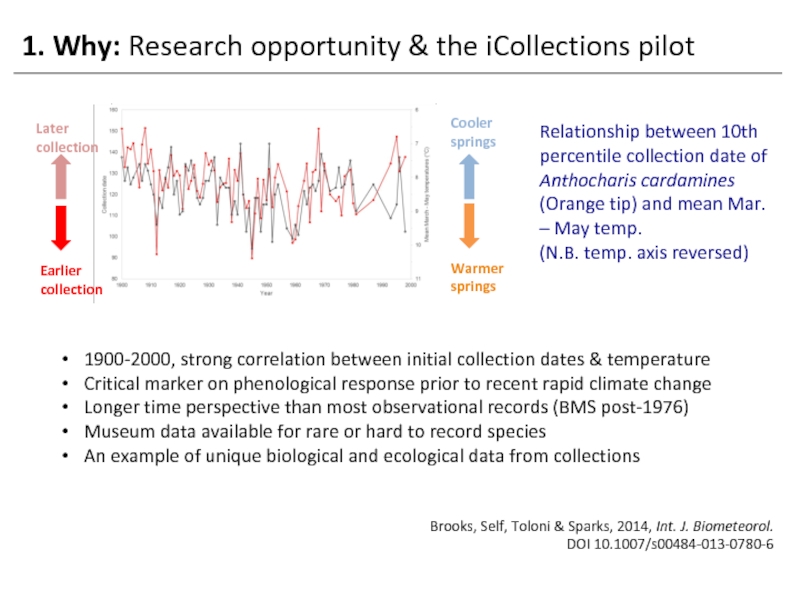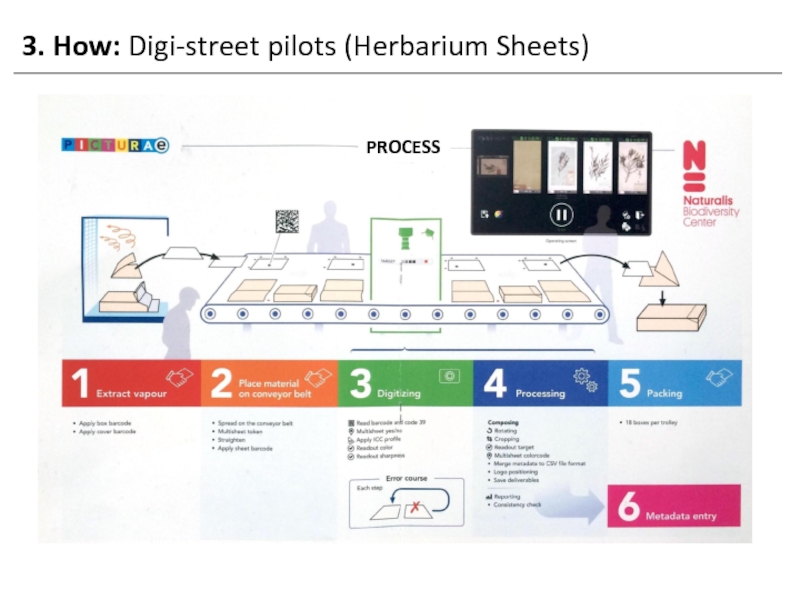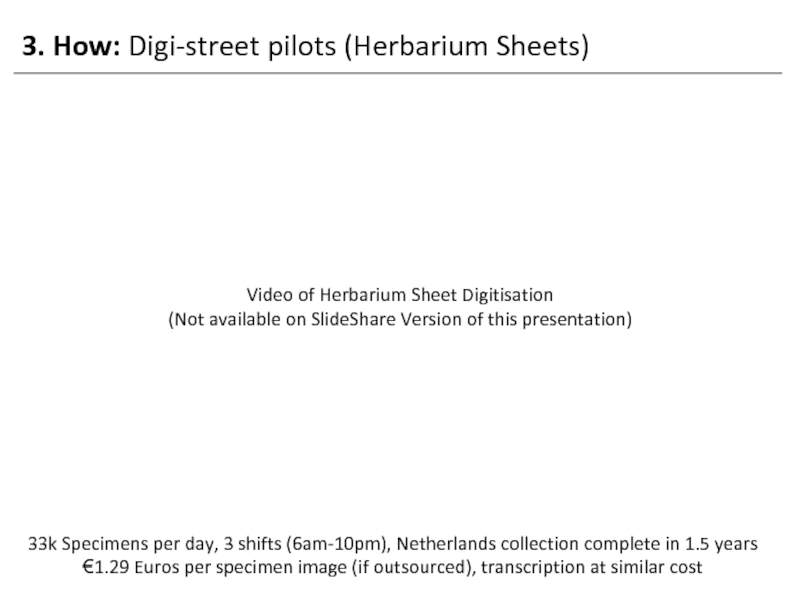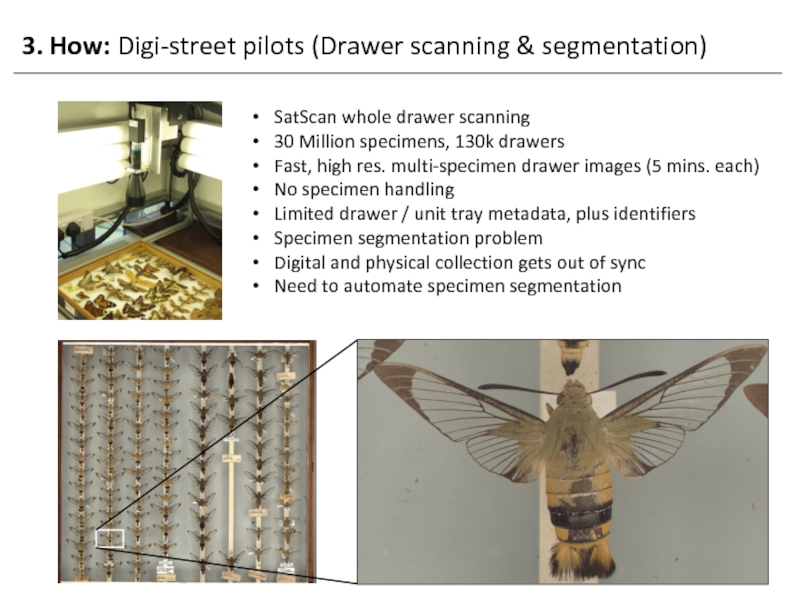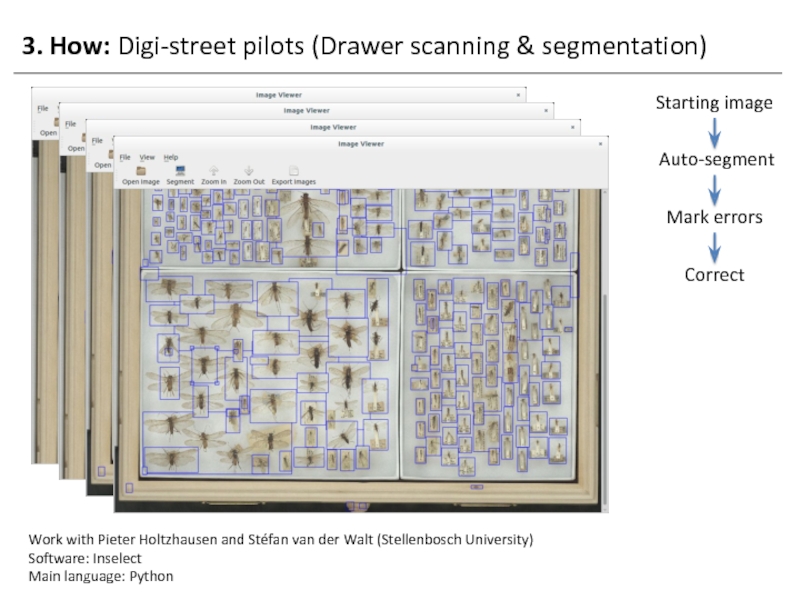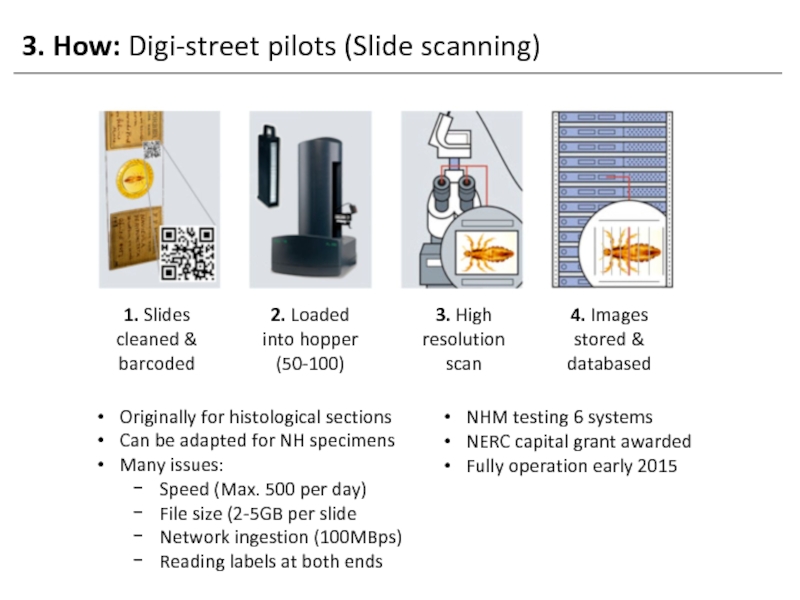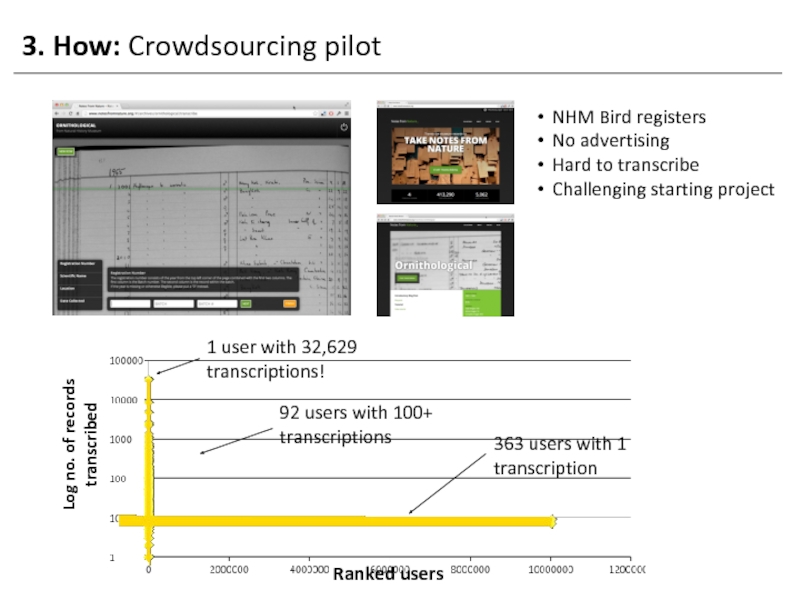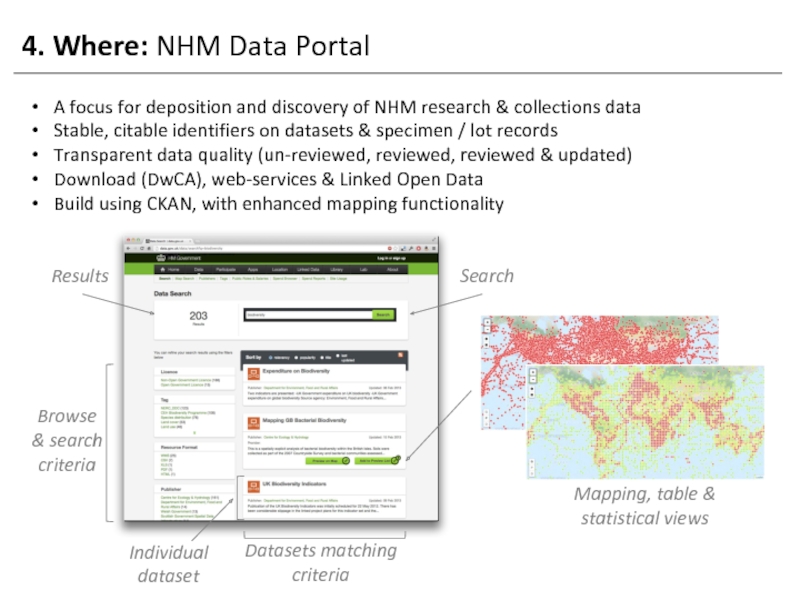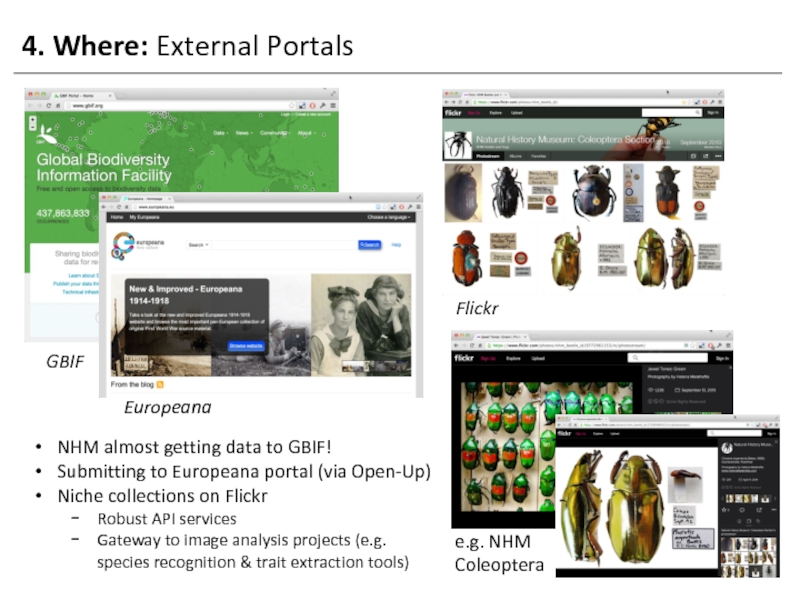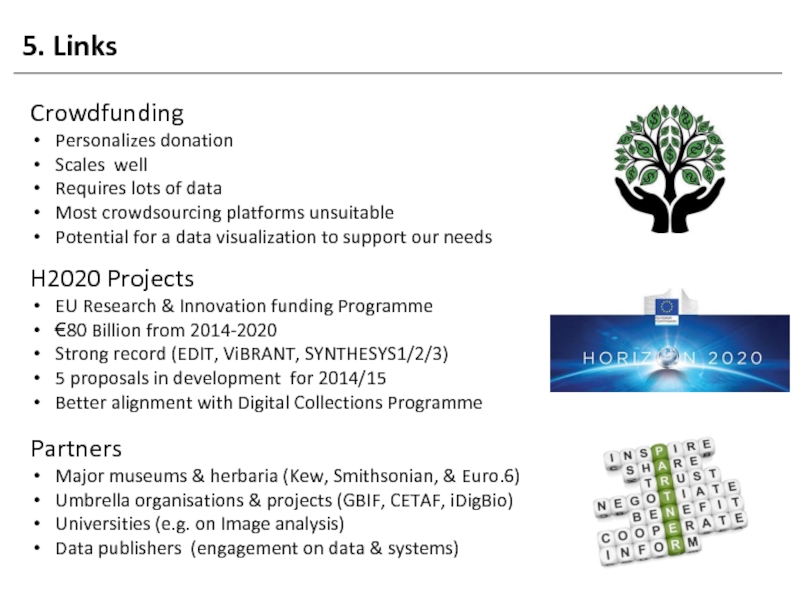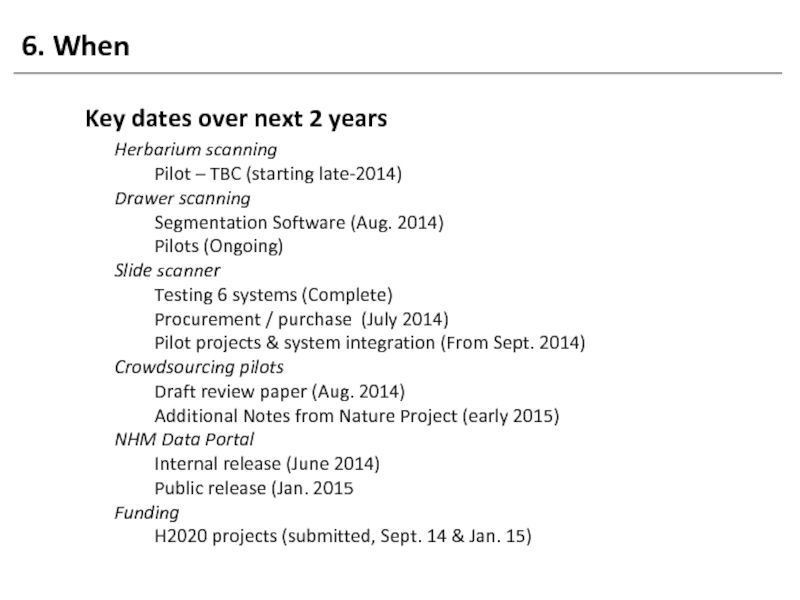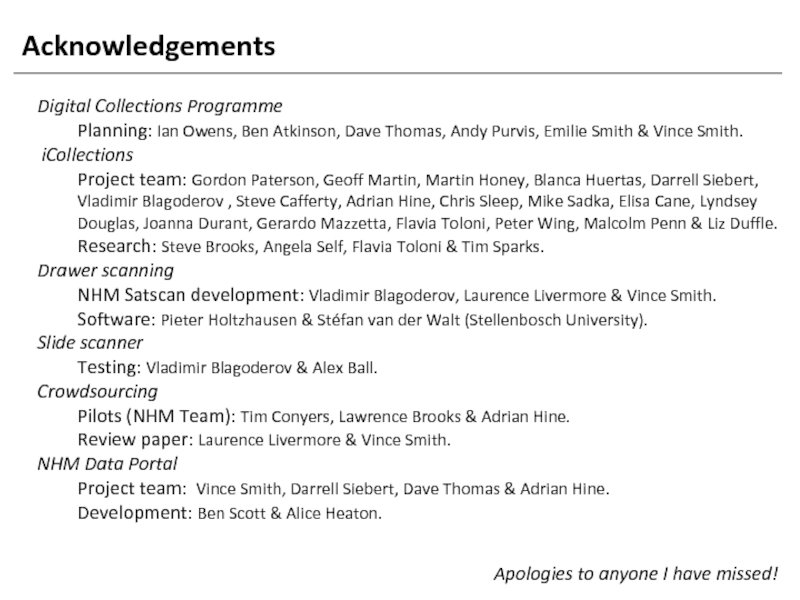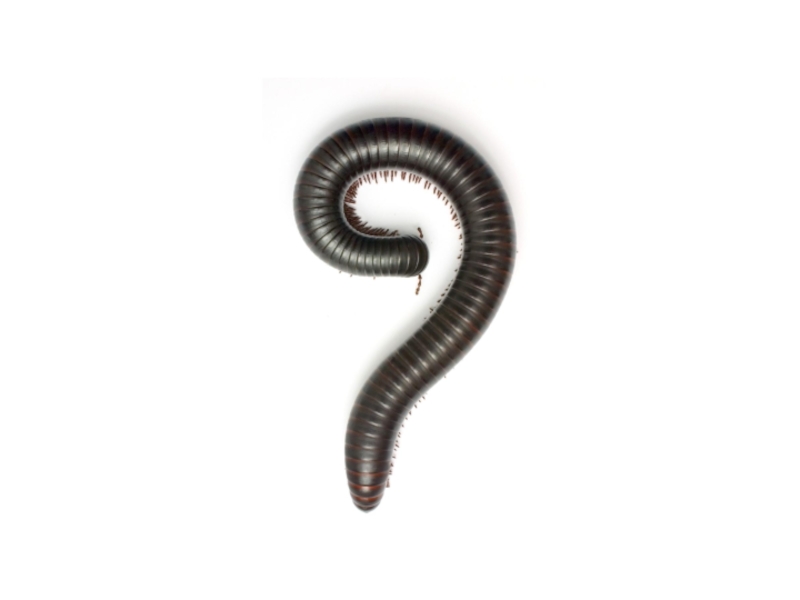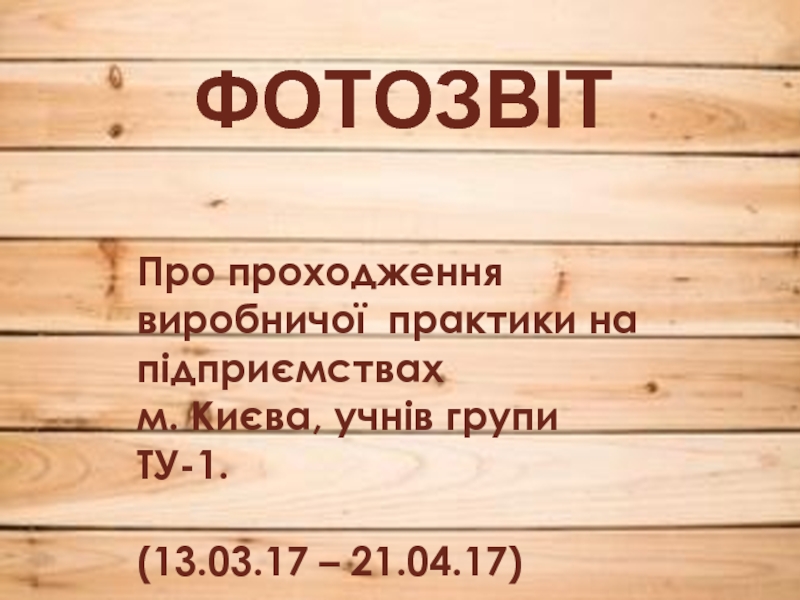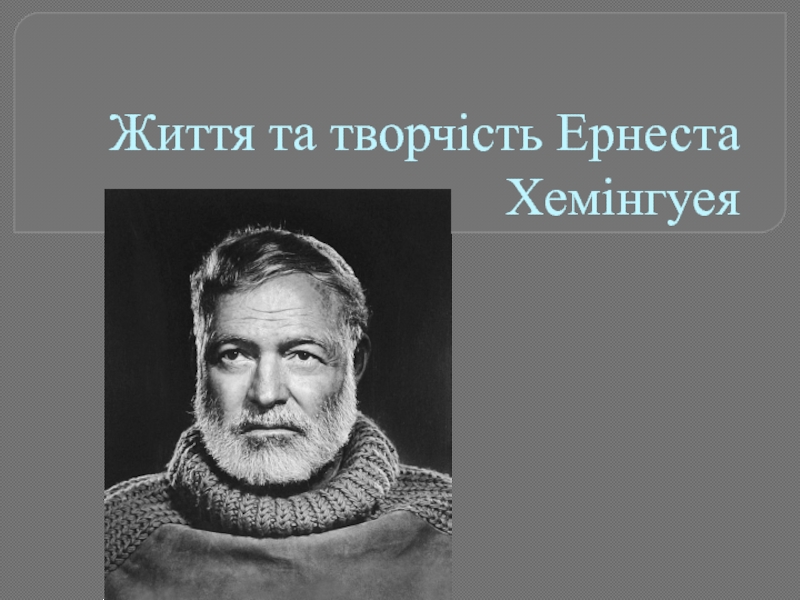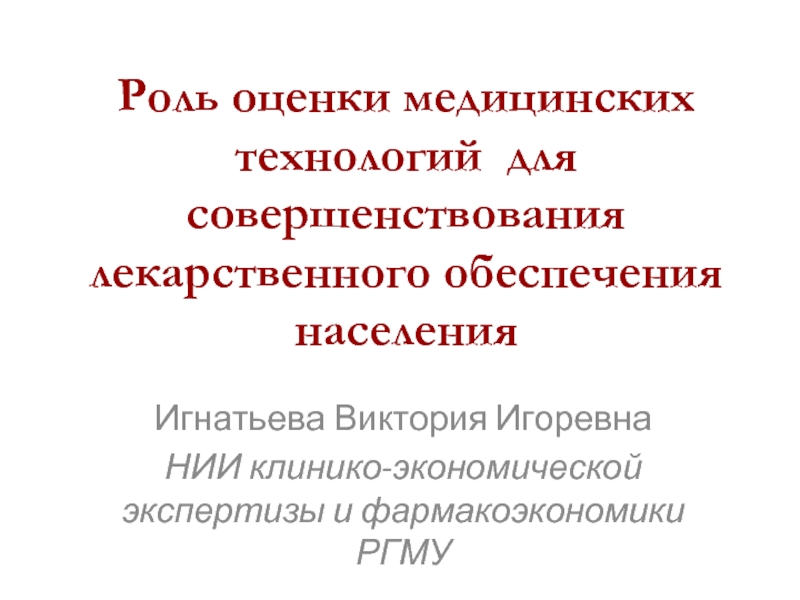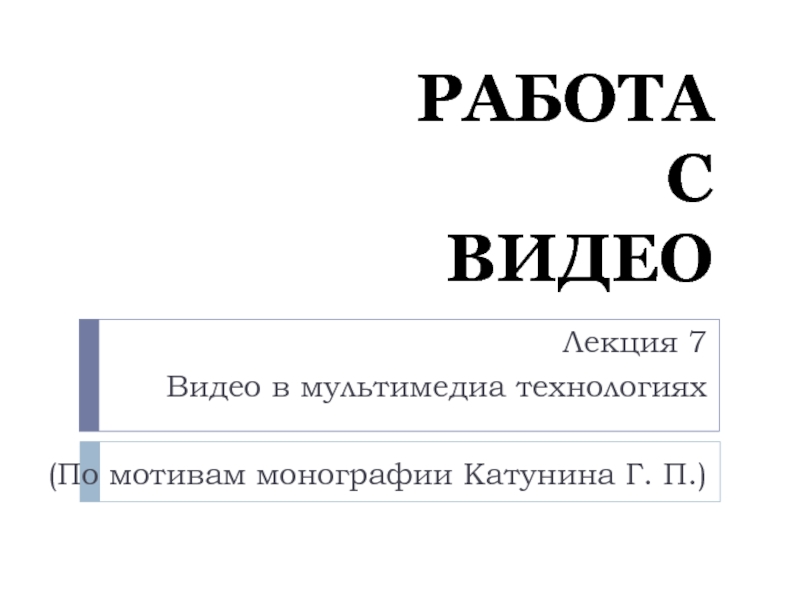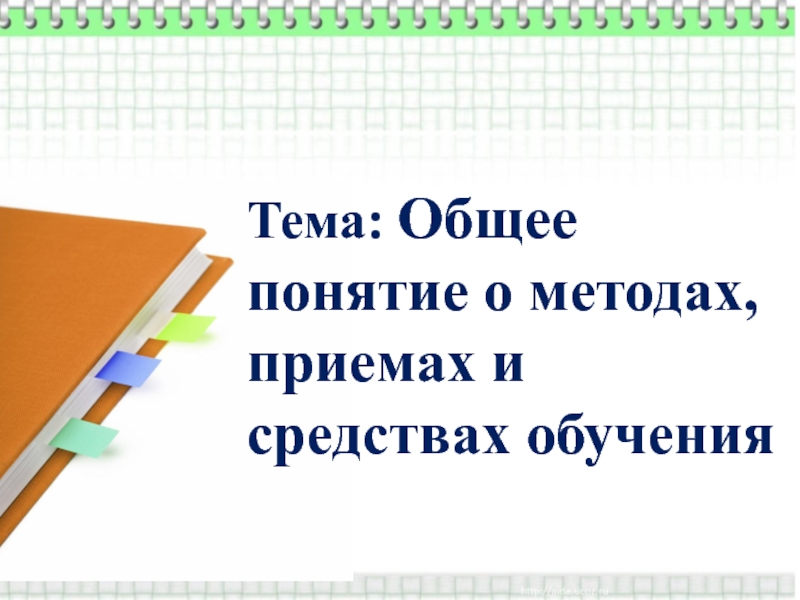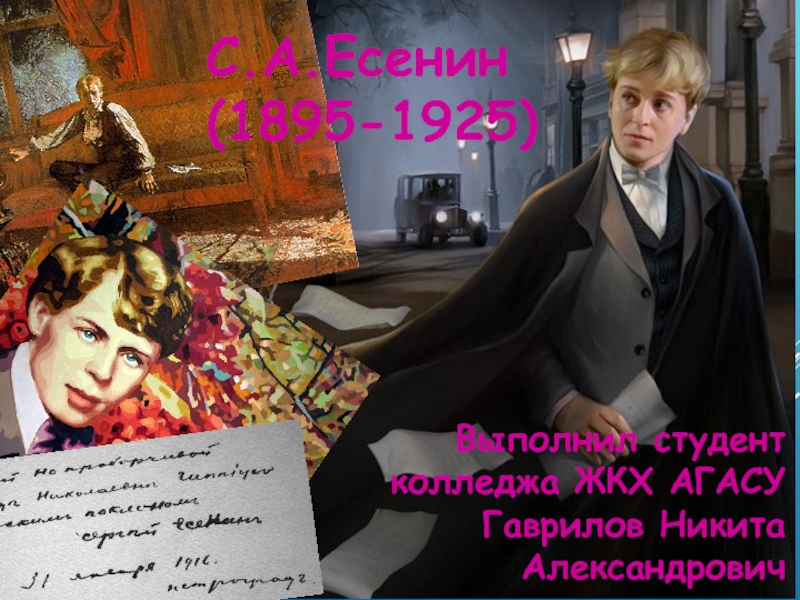- Главная
- Разное
- Дизайн
- Бизнес и предпринимательство
- Аналитика
- Образование
- Развлечения
- Красота и здоровье
- Финансы
- Государство
- Путешествия
- Спорт
- Недвижимость
- Армия
- Графика
- Культурология
- Еда и кулинария
- Лингвистика
- Английский язык
- Астрономия
- Алгебра
- Биология
- География
- Детские презентации
- Информатика
- История
- Литература
- Маркетинг
- Математика
- Медицина
- Менеджмент
- Музыка
- МХК
- Немецкий язык
- ОБЖ
- Обществознание
- Окружающий мир
- Педагогика
- Русский язык
- Технология
- Физика
- Философия
- Химия
- Шаблоны, картинки для презентаций
- Экология
- Экономика
- Юриспруденция
No specimen left behind: Collections digitisation at the NHM, London* презентация
Содержание
- 1. No specimen left behind: Collections digitisation at the NHM, London*
- 2. Some history… “the rate of progress by
- 3. Digitisation rates at the NHM (circa 2009)
- 4. The prevailing attitude collections digitisation Biodiversity Informatics
- 5. More technology, more automation, more speed Whole drawer scanning Herbarium sheet scanning Microscope slide scanning
- 6. European collections rising to the challenge Large-scale
- 7. NHM London Science Strategy 2013-17 A New
- 8. data.nhm.ac.uk/globe/ Digitisation target 20M specimens available by 2017
- 9. A long way to go, practically,
- 10. NHM Digital Collections Programme A 2,
- 11. Outline Why Internal objectives & benefits Research
- 12. 1. Why: Objectives
- 13. 1. Why: Research opportunity & the iCollections
- 14. 1. Why: Research opportunity & the iCollections
- 15. 2. What: Linking data capture effort to research benefits
- 16. 3. How: Digi-street pilots (Herbarium Sheets) PROCESS
- 17. 3. How: Digi-street pilots (Herbarium Sheets) 33k
- 18. 3. How: Digi-street pilots (Drawer scanning &
- 19. 3. How: Digi-street pilots (Drawer scanning & segmentation) Starting image
- 20. 3. How: Digi-street pilots (Slide scanning) 1.
- 21. 3. How: Crowdsourcing pilot 1 user with
- 22. 3. How: Crowdsourcing options Zooniverse Projects Smithsonian
- 23. 4. Where: NHM Data Portal A focus
- 24. 4. Where: External Portals Flickr GBIF Europeana
- 25. 5. Links Crowdfunding Personalizes donation Scales well
- 26. 6. When Herbarium scanning Pilot – TBC
- 27. Acknowledgements Digital Collections Programme Planning: Ian Owens,
Слайд 1Vince Smith
Collections for the 21st Century, Florida
5-6 May 2014
No specimen left
Collections digitisation at the
NHM, London*
Слайд 2Some history…
“the rate of progress by the UK taxonomic institutions in
House of Lords Science and Technology Committee
Report on Taxonomy and Systematics, 2009
Слайд 4The prevailing attitude collections digitisation
Biodiversity Informatics
2010, 7: 120 – 129
2010 GBIF
Global Strategy and Action Plan for the Digitisation of Natural History Collections
“Digitizing all specimens is not an achievable aim at present”
Слайд 5More technology, more automation, more speed
Whole drawer scanning
Herbarium sheet scanning
Microscope slide
Слайд 6European collections rising to the challenge
Large-scale data capture & digitisation in
Слайд 7NHM London Science Strategy 2013-17
A New Voyage of Discovery
Three Focal Areas
1.
2. Scientific Infrastructure
3. Scientific engagement
Five Challenges
1. The Digital NHM
2. Origins, evolution & futures
3. Biodiversity discovery
4. Natural resources & hazards
5. Science, society & skills
Resources & funding
Measuring success
Слайд 9 A long way to go, practically, technically & culturally… NHM collections
Слайд 10NHM Digital Collections Programme
A 2, 5 and 10 year plan...
To collate,
an online specimen / lot-level database to manage all holdings
core meta-data and / or images for key parts of the collection
flexible informatics tools
£750,000 for first 2 years
Слайд 11Outline
Why
Internal objectives & benefits
Research opportunity - the iCollections example
What
How much data
Linking digitisation effort to project benefits
How
Digi-street pilots, quick wins (herbarium, drawer & slide scanning)
Crowdsourcing pilots & options
Where
NHM Data Portal
External Portals (E.g. GBIF, Europeana)
Links
Crowdfunding
H2020 projects (COST, SYNTHESYS, LOD, VRE, Dig. Inf.)
Other museums, herbaria & partners (e.g. CETAF & publishers)
When
Слайд 131. Why: Research opportunity & the iCollections pilot
Using the NHM collections
Digitisation of British and Irish Lepidoptera collection
Species poor, specimen rich
~500,000 specimens, 5,000 drawers
Re-curation, imaging, label data, georeferenced
~25% complete (started Jan.’13)
About 50% specimens ‘useable’
Many specimens in most years (late - 19th century to 1970)
Provide longer time perspective than most observational records (BMS post-1976)
Слайд 141. Why: Research opportunity & the iCollections pilot
Relationship between 10th percentile
(N.B. temp. axis reversed)
1900-2000, strong correlation between initial collection dates & temperature
Critical marker on phenological response prior to recent rapid climate change
Longer time perspective than most observational records (BMS post-1976)
Museum data available for rare or hard to record species
An example of unique biological and ecological data from collections
Brooks, Self, Toloni & Sparks, 2014, Int. J. Biometeorol.
DOI 10.1007/s00484-013-0780-6
Слайд 173. How: Digi-street pilots (Herbarium Sheets)
33k Specimens per day, 3 shifts
€1.29 Euros per specimen image (if outsourced), transcription at similar cost
Video of Herbarium Sheet Digitisation
(Not available on SlideShare Version of this presentation)
Слайд 183. How: Digi-street pilots (Drawer scanning & segmentation)
SatScan whole drawer scanning
30
Fast, high res. multi-specimen drawer images (5 mins. each)
No specimen handling
Limited drawer / unit tray metadata, plus identifiers
Specimen segmentation problem
Digital and physical collection gets out of sync
Need to automate specimen segmentation
Слайд 203. How: Digi-street pilots (Slide scanning)
1. Slides cleaned & barcoded
2. Loaded
(50-100)
3. High resolution scan
4. Images stored & databased
Слайд 213. How: Crowdsourcing pilot
1 user with 32,629 transcriptions!
92 users with 100+
363 users with 1 transcription
Ranked users
Log no. of records transcribed
NHM Bird registers
No advertising
Hard to transcribe
Challenging starting project
Слайд 223. How: Crowdsourcing options
Zooniverse Projects
Smithsonian Digital Volunteers
Wikisource transcription (WiR)
Herbarium@Home
Next steps: Survey
Слайд 234. Where: NHM Data Portal
A focus for deposition and discovery of
Stable, citable identifiers on datasets & specimen / lot records
Transparent data quality (un-reviewed, reviewed, reviewed & updated)
Download (DwCA), web-services & Linked Open Data
Build using CKAN, with enhanced mapping functionality
Search
Datasets matching criteria
Individual dataset
Results
Browse & search
criteria
Mapping, table & statistical views
Слайд 244. Where: External Portals
Flickr
GBIF
Europeana
e.g. NHM Coleoptera
NHM almost getting data to GBIF!
Submitting
Niche collections on Flickr
Robust API services
Gateway to image analysis projects (e.g. species recognition & trait extraction tools)
Слайд 255. Links
Crowdfunding
Personalizes donation
Scales well
Requires lots of data
Most crowdsourcing platforms
Potential for a data visualization to support our needs
H2020 Projects
EU Research & Innovation funding Programme
€80 Billion from 2014-2020
Strong record (EDIT, ViBRANT, SYNTHESYS1/2/3)
5 proposals in development for 2014/15
Better alignment with Digital Collections Programme
Partners
Major museums & herbaria (Kew, Smithsonian, & Euro.6)
Umbrella organisations & projects (GBIF, CETAF, iDigBio)
Universities (e.g. on Image analysis)
Data publishers (engagement on data & systems)
Слайд 266. When
Herbarium scanning
Pilot – TBC (starting late-2014)
Drawer scanning
Segmentation Software (Aug. 2014)
Pilots
Slide scanner
Testing 6 systems (Complete)
Procurement / purchase (July 2014)
Pilot projects & system integration (From Sept. 2014)
Crowdsourcing pilots
Draft review paper (Aug. 2014)
Additional Notes from Nature Project (early 2015)
NHM Data Portal
Internal release (June 2014)
Public release (Jan. 2015
Funding
H2020 projects (submitted, Sept. 14 & Jan. 15)
Key dates over next 2 years
Слайд 27Acknowledgements
Digital Collections Programme
Planning: Ian Owens, Ben Atkinson, Dave Thomas, Andy Purvis,
iCollections
Project team: Gordon Paterson, Geoff Martin, Martin Honey, Blanca Huertas, Darrell Siebert, Vladimir Blagoderov , Steve Cafferty, Adrian Hine, Chris Sleep, Mike Sadka, Elisa Cane, Lyndsey Douglas, Joanna Durant, Gerardo Mazzetta, Flavia Toloni, Peter Wing, Malcolm Penn & Liz Duffle.
Research: Steve Brooks, Angela Self, Flavia Toloni & Tim Sparks.
Drawer scanning
NHM Satscan development: Vladimir Blagoderov, Laurence Livermore & Vince Smith.
Software: Pieter Holtzhausen & Stéfan van der Walt (Stellenbosch University).
Slide scanner
Testing: Vladimir Blagoderov & Alex Ball.
Crowdsourcing
Pilots (NHM Team): Tim Conyers, Lawrence Brooks & Adrian Hine.
Review paper: Laurence Livermore & Vince Smith.
NHM Data Portal
Project team: Vince Smith, Darrell Siebert, Dave Thomas & Adrian Hine.
Development: Ben Scott & Alice Heaton.
Apologies to anyone I have missed!
